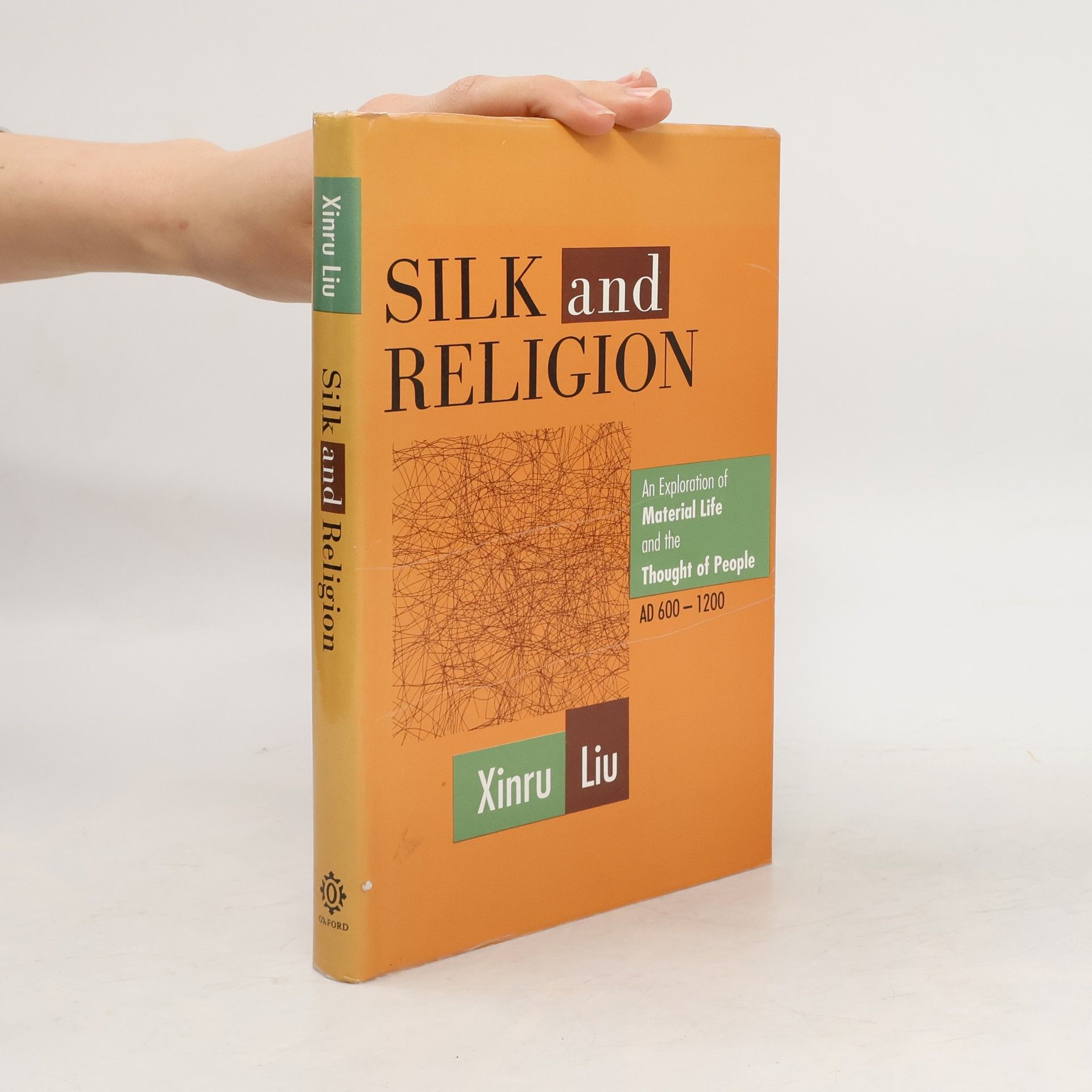This book offers an engaging exploration of the societal context during the time of the Buddha, blending scholarly research with imaginative storytelling. It delves into the cultural, political, and spiritual dynamics of the era, providing readers with a vivid understanding of the historical backdrop that influenced Buddhist teachings and practices. The narrative is designed to be both informative and accessible, appealing to those interested in history, religion, and philosophy.
Xinru Liu Books
Xinru Liu focuses on early Indian and world history. She holds positions as an associate professor at The College of New Jersey and a full professor at the Institute of World History, Chinese Academy of Social Sciences. Her scholarship delves into the historical and cultural exchanges across diverse civilizations. She investigates the diffusion and transformation of ideas, technologies, and artistic expressions through the ages.


Silk and Religion
- 246 pages
- 9 hours of reading
Xinru Liu studies the silk trade in Eurasia between the seventh and twelfth centuries to explore how religious ideas affected economic behavior. Long-distance silk trade was established for centuries in ancient Eurasia, well before the state in Tang China and the Byzantine Empire set up statesilk industries and clothing codes to regulate the trade and consumption of silk textiles. Silk textiles were invested with symbolic meaning and their use restricted to bureaucratic and religious hierarchies in both regions.